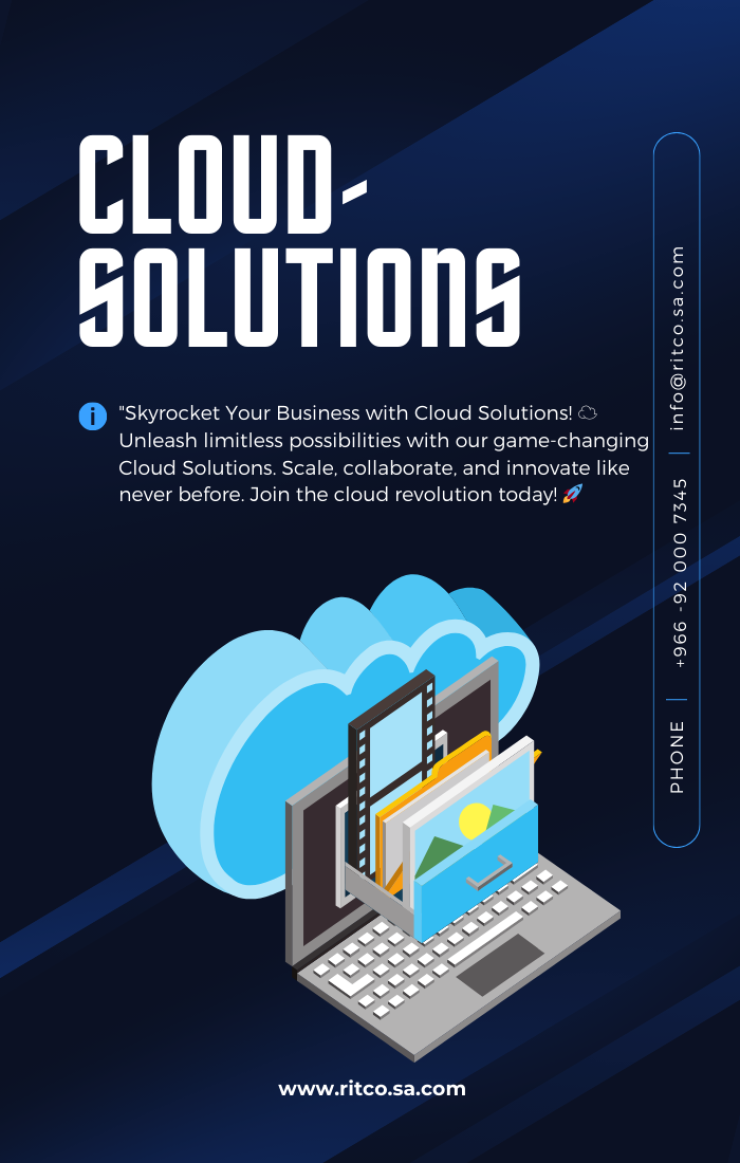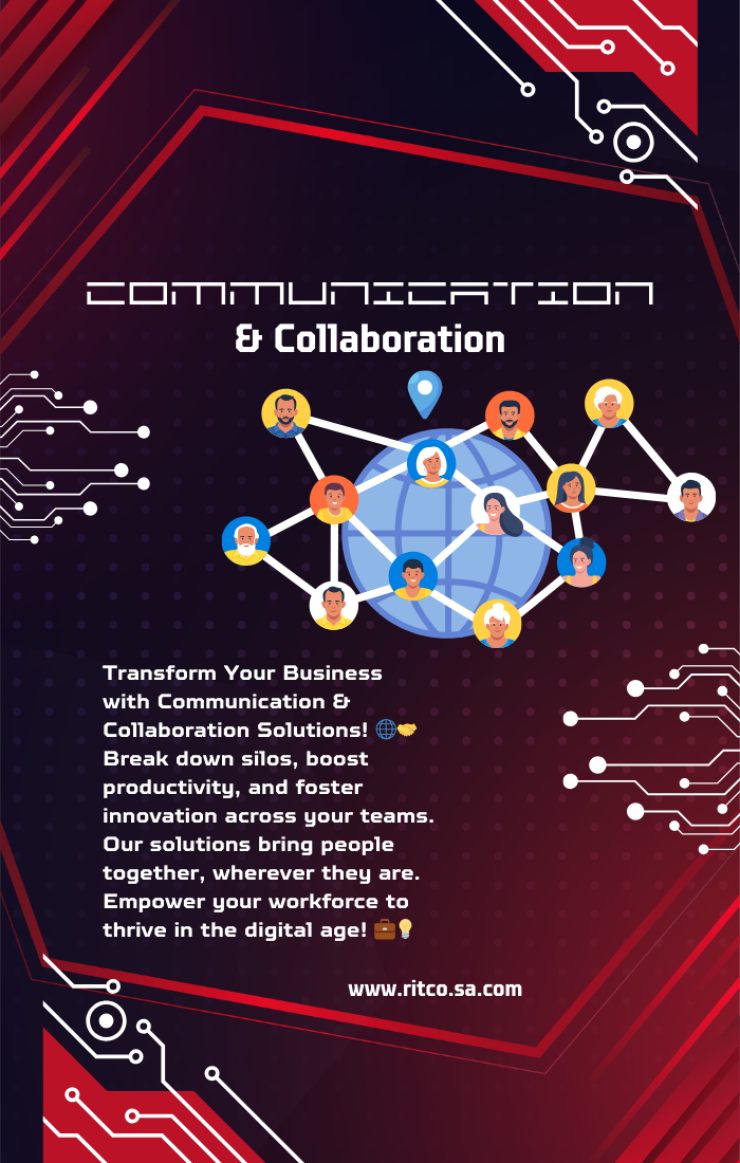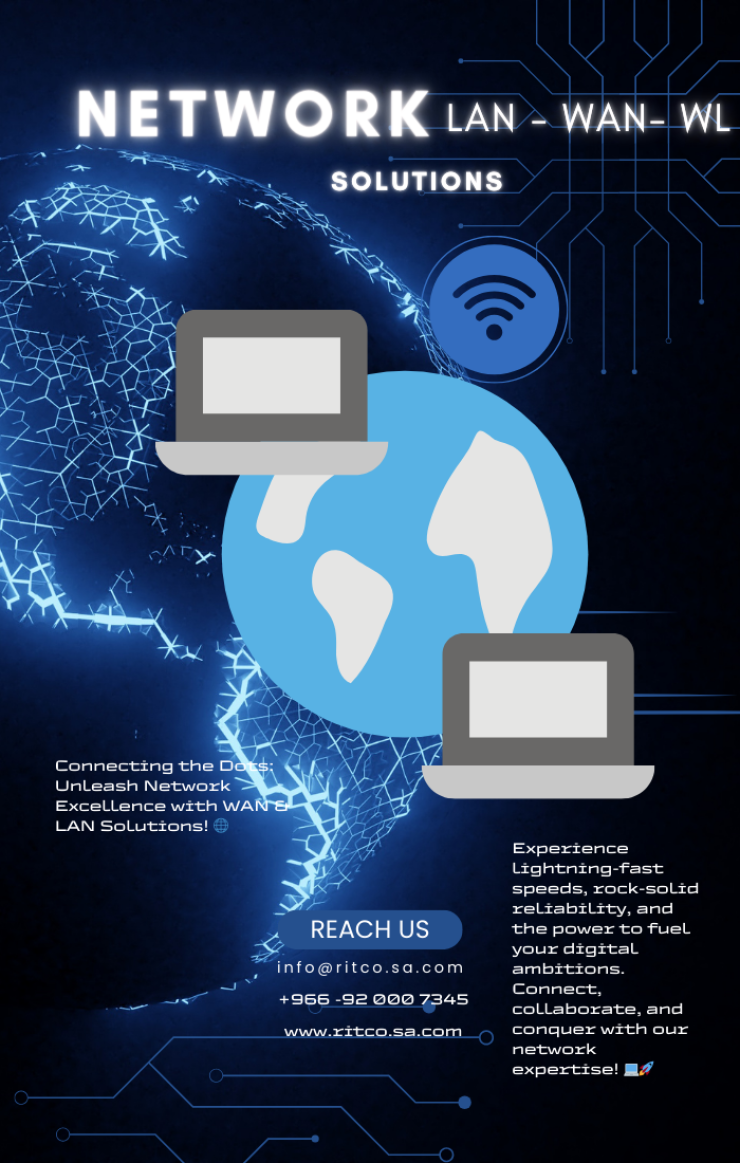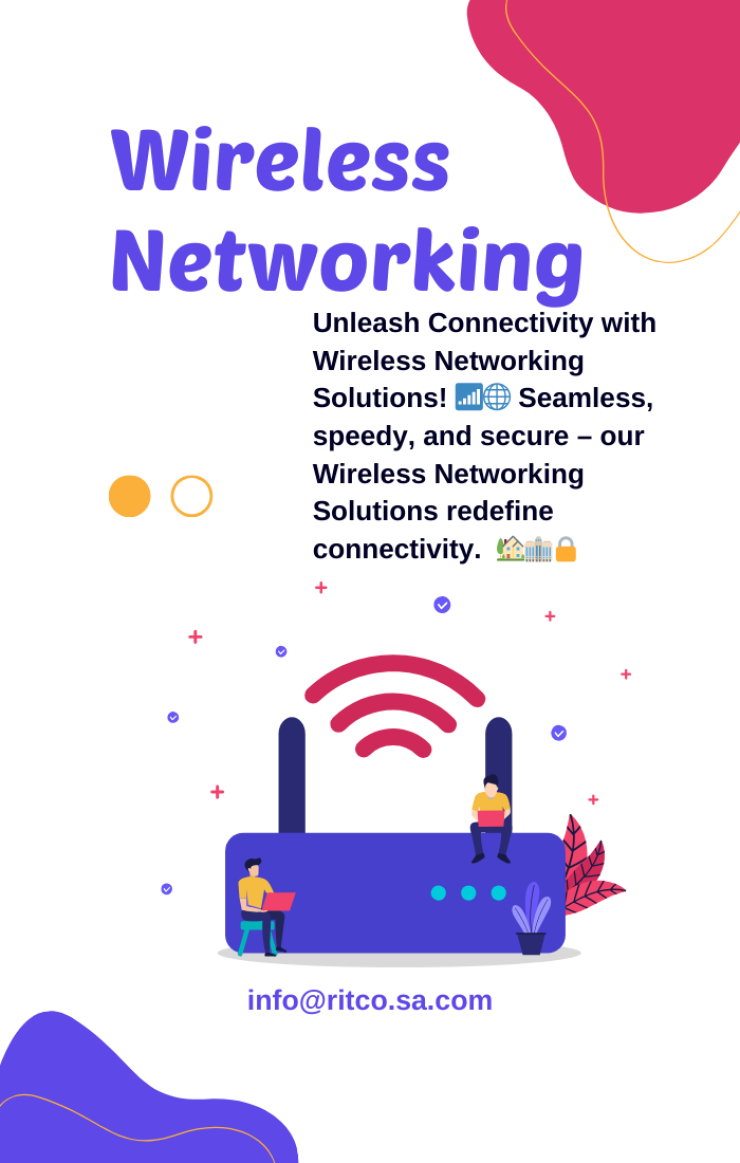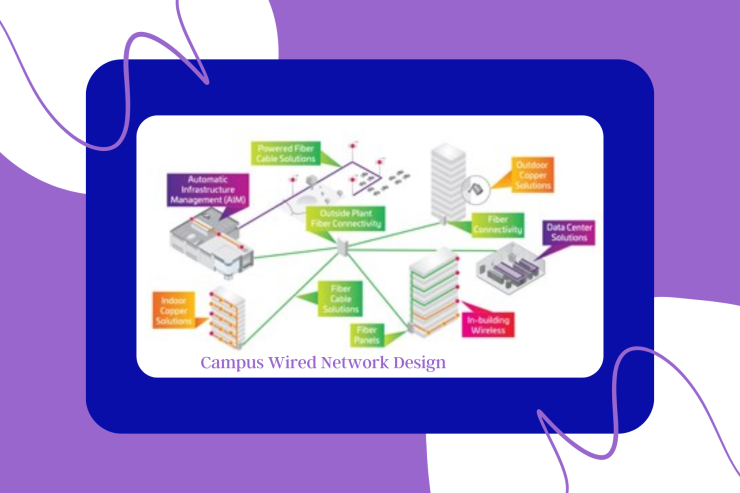
Campus Wired Network Design
Campus Wired
Network Design:
Introduction: Experience seamless
connectivity and efficiency with RITCO's Campus Wired Network Design. Unleash
the power of a well-connected campus environment.
Available
Products: Discover
our comprehensive campus wired network design services, tailored to optimize connectivity,
scalability, and performance.
Key
Features:
- Scalable network architecture
for growth
- High-speed and reliable
connectivity
- Redundancy for minimized
downtime
- Centralized management and
monitoring
Business
Benefits:
- Enhanced collaboration and
communication
- Support for emerging
technologies and IoT
- Efficient resource sharing and
access
- Reduced network maintenance
costs
Conclusion: RITCO's Campus Wired Network Design transforms your campus into a hub of connectivity, enabling productivity and innovation to thrive.
what-is-networking:
Introduction: Networking is the foundation
of modern communication and connectivity. It involves the interconnection of
devices, systems, and resources to enable seamless data sharing, communication,
and collaboration.
Key
Concepts:
- Data Transmission: Networking allows the
transfer of data between devices, whether they're located in the same room
or on opposite sides of the world.
- Protocols: Networking relies on
protocols, which are predefined rules that govern how data is formatted,
transmitted, and received.
- Local and Wide Area Networks
(LAN/WAN): Networks
can be classified based on their geographic scope. LANs cover smaller
areas like homes or offices, while WANs connect larger regions, such as
cities or countries.
- Internet: The internet is a global
network of networks, enabling worldwide communication and access to
information.
- Devices: Networking involves a
variety of devices, including computers, servers, routers, switches, and
even smartphones and IoT devices.
Importance: Networking plays a crucial
role in various aspects of our lives and businesses:
- Communication: It enables real-time
communication through email, messaging, voice, and video calls.
- Information Sharing: Networks facilitate
access to vast amounts of information and resources available online.
- Business Operations: Organizations rely on
networks for seamless collaboration, data sharing, and efficient
operations.
- Entertainment: Streaming services,
online gaming, and social media are made possible by robust networks.
Types of
Networking:
- Wired Networking: Involves physical cables
to connect devices. Ethernet cables are commonly used in wired networks.
- Wireless Networking: Uses radio waves to
connect devices, allowing mobility and flexibility.
- Peer-to-Peer Networks: Devices directly
communicate with each other, common in smaller setups.
- Client-Server Networks: Devices connect to a
central server, suitable for larger environments.
Networking
Challenges:
- Security: Networks are vulnerable
to cyber threats, requiring robust security measures to protect data and
privacy.
- Scalability: As businesses grow, their
network infrastructure must accommodate increased demands.
- Reliability: Network downtime can
disrupt operations, necessitating redundancy and failover solutions.
Complexity: Managing large networks requires expertise
to ensure optimal performance and troubleshooting.

